Wooden bath brushes are beloved for their natural feel and pleasant feel, but they are susceptible to moisture and mold. Don't worry, though. Following these key tips will easily prevent mold and extend their lifespan.
1. Anti-Mold Strategy: Keep It Dry
Mold thrives in damp, warm environments. Therefore, the key to all methods is to dry it out as quickly as possible after use.
Daily Use and Immediate Post-Cleaning Treatment (The Most Critical Step)
Rinse Thoroughly: After each use, vigorously rinse the bristles and wood base with clean, warm water to remove all soap stains and dander.
Shake Dry: Use your wrists to shake as much water as possible from the brush.
Key Step: Separate the Water
Best Practice: Stand the brush with the bristles facing downward in a cup or on a dedicated stand. This allows gravity to draw water out through the bristles and wood crevices, rather than pooling at the bottom. Hanging or Standing:
Hang your brush in a well-ventilated area, or continue to stand it on the edge of your sink with the bristles facing downward. Never place your brush flat on a damp soap dish or bathtub, as this exposes it to moisture.
2. Regular Deep Cleaning and Disinfecting
Even with proper daily care, regular disinfection can kill mold spores in their budding stages.
White Vinegar Solution: Mix one cup of white vinegar with one cup of water and soak your brush for 10-15 minutes. Rinse thoroughly with clean water and shake dry again.
Avoid humid environments: Avoid leaving your brush in the shower, as this is where the humidity is highest. It's best to store it in a dry room between uses.
3. Storage Options
Ventilation is paramount: Avoid storing wet brushes in airtight travel bags or lockers.
Mold Prevention Tips Summary
Golden Rule: Air your brushes after use, with the bristles facing downward.
Avoid direct sunlight: This can accelerate cracking in the wood. Keep it dry: Ensure good ventilation in the bathroom, such as by opening a window or running an exhaust fan, to reduce overall humidity.
First-aid measures: If you notice small spots of mold on the brush handle or base, you can:
Mix a paste of lemon juice and salt, apply it to the moldy area, scrub with an old toothbrush, then rinse thoroughly and let it dry.
Warm tip: If the brush has extensive mold that has penetrated deep into the wood, it's recommended to replace it for your skin's health.


 En
En
 English
English Français
Français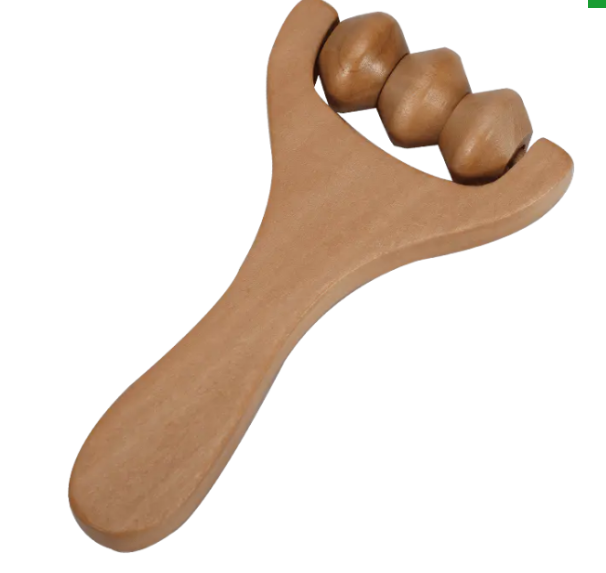
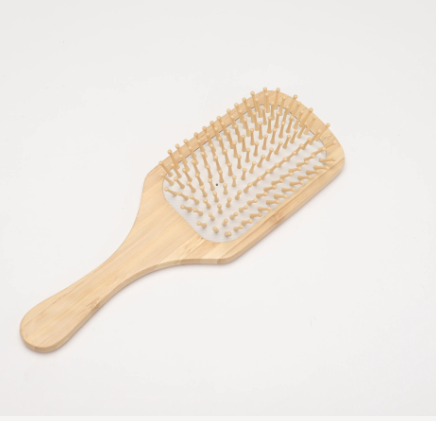
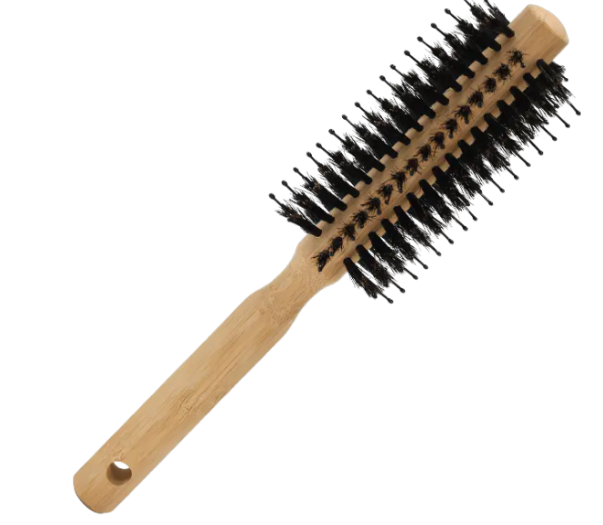
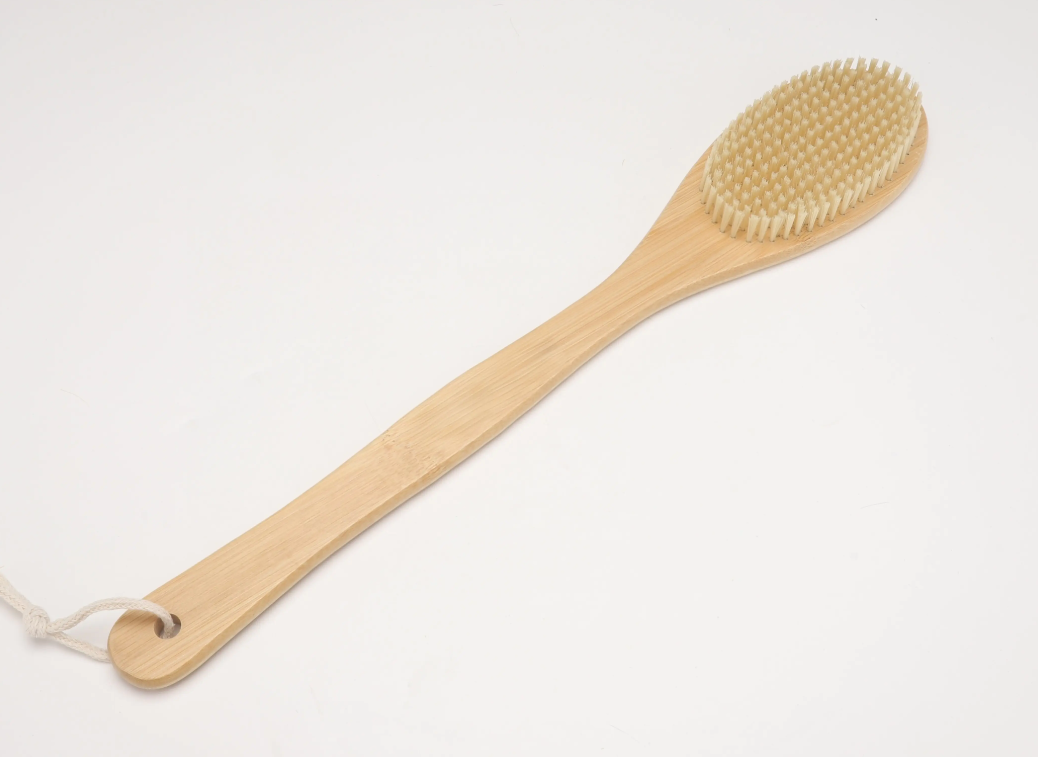
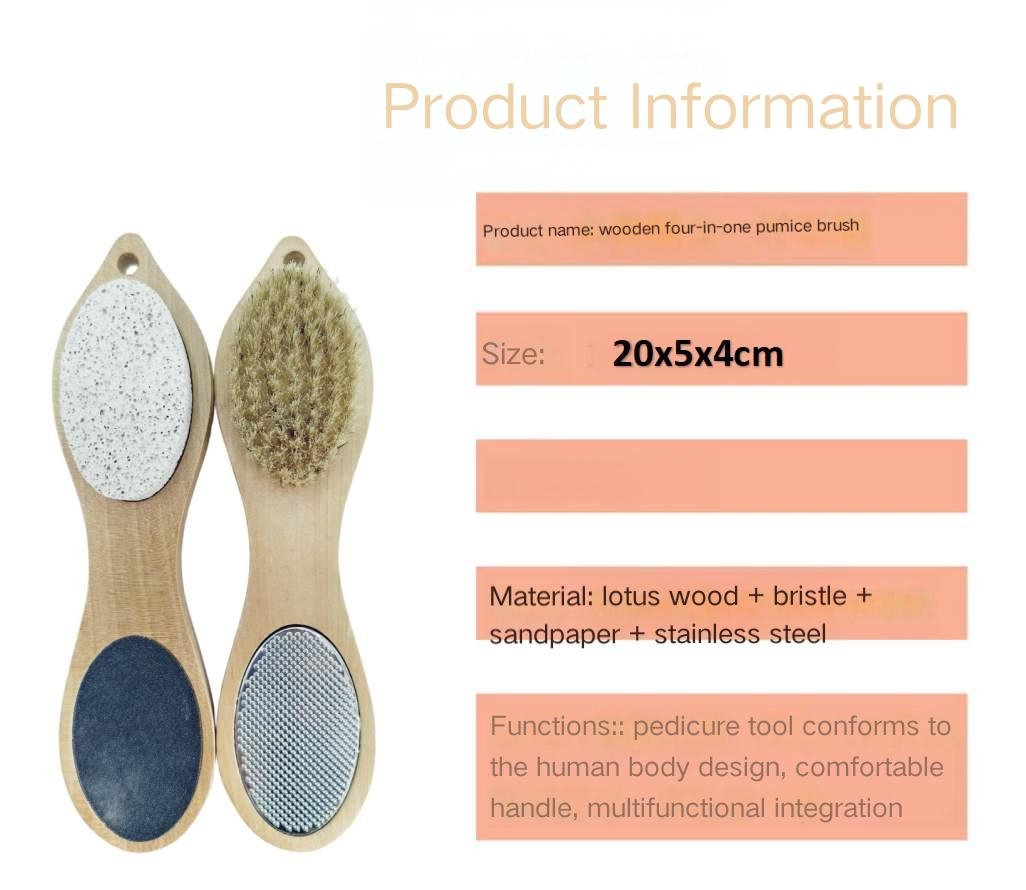
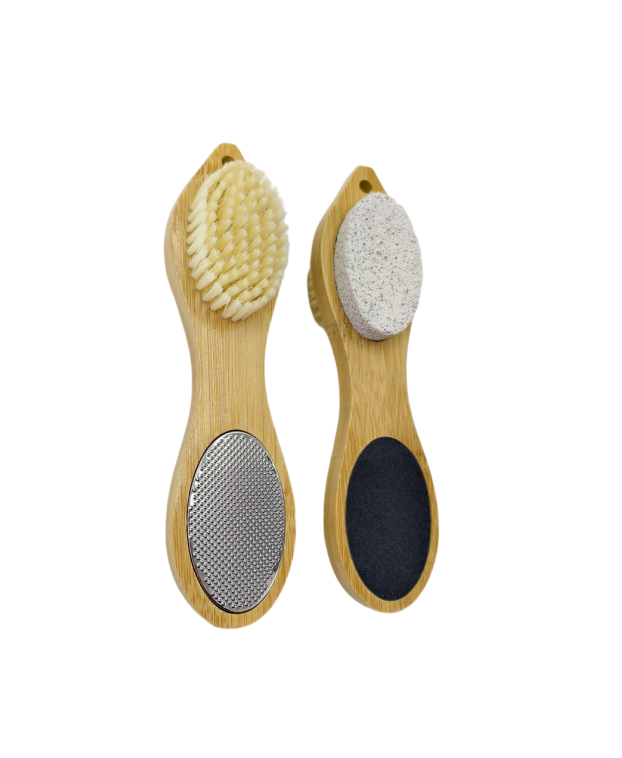
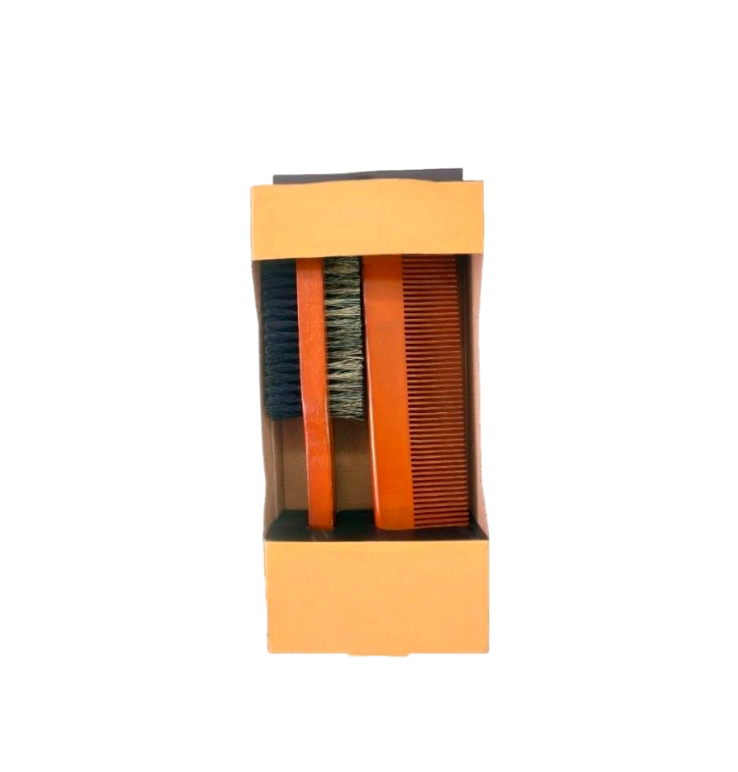
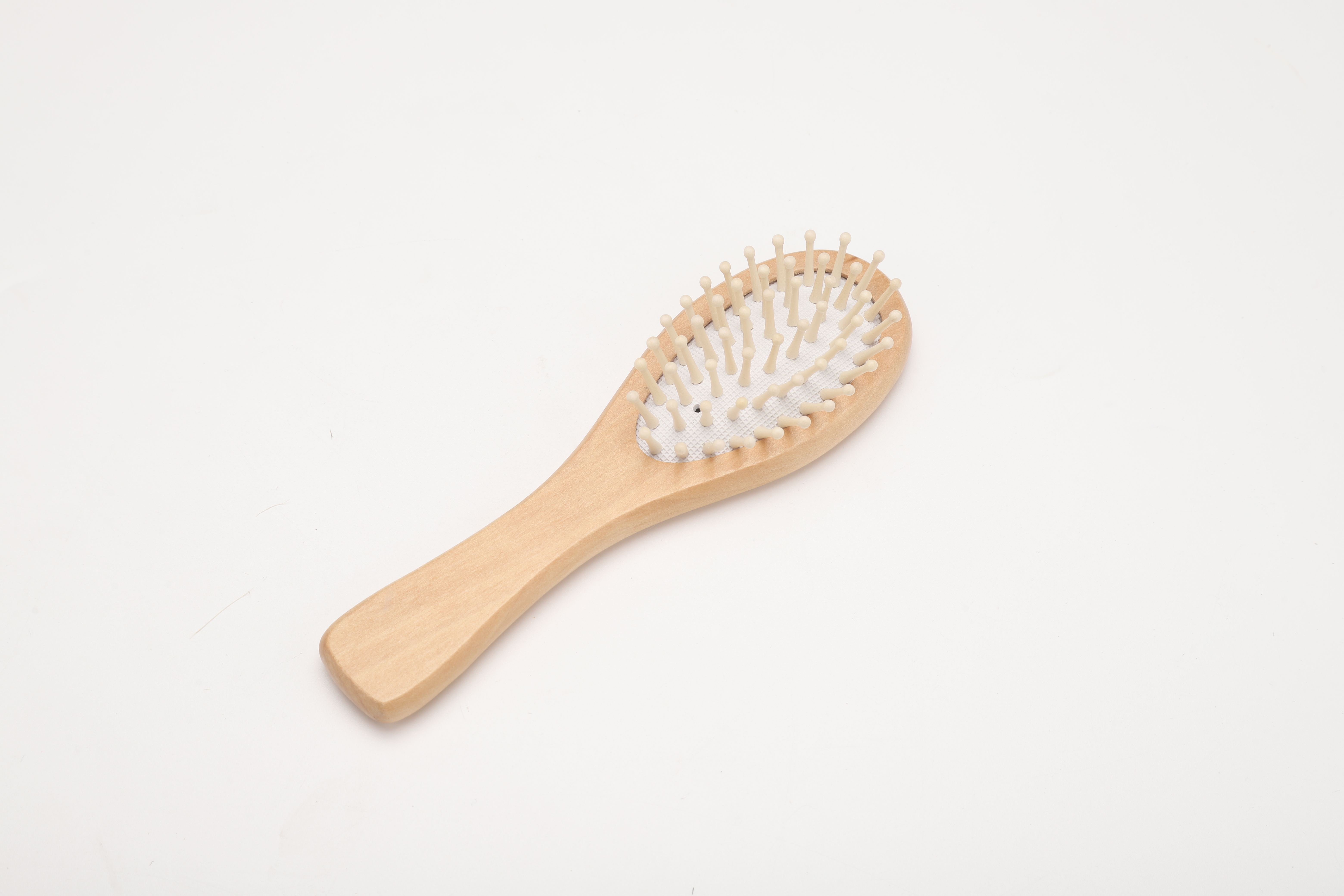
.png)
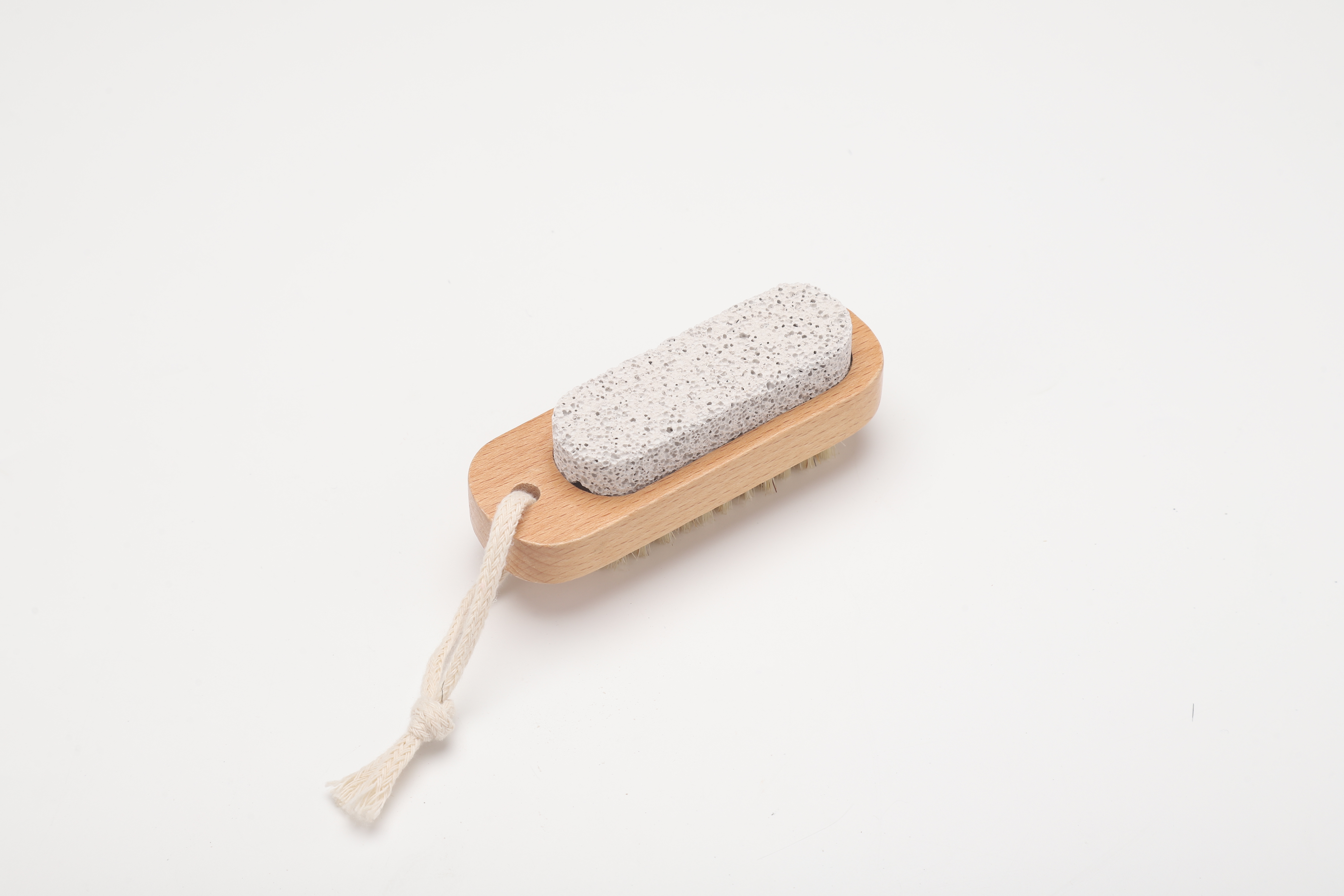
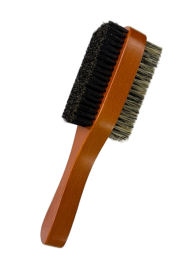
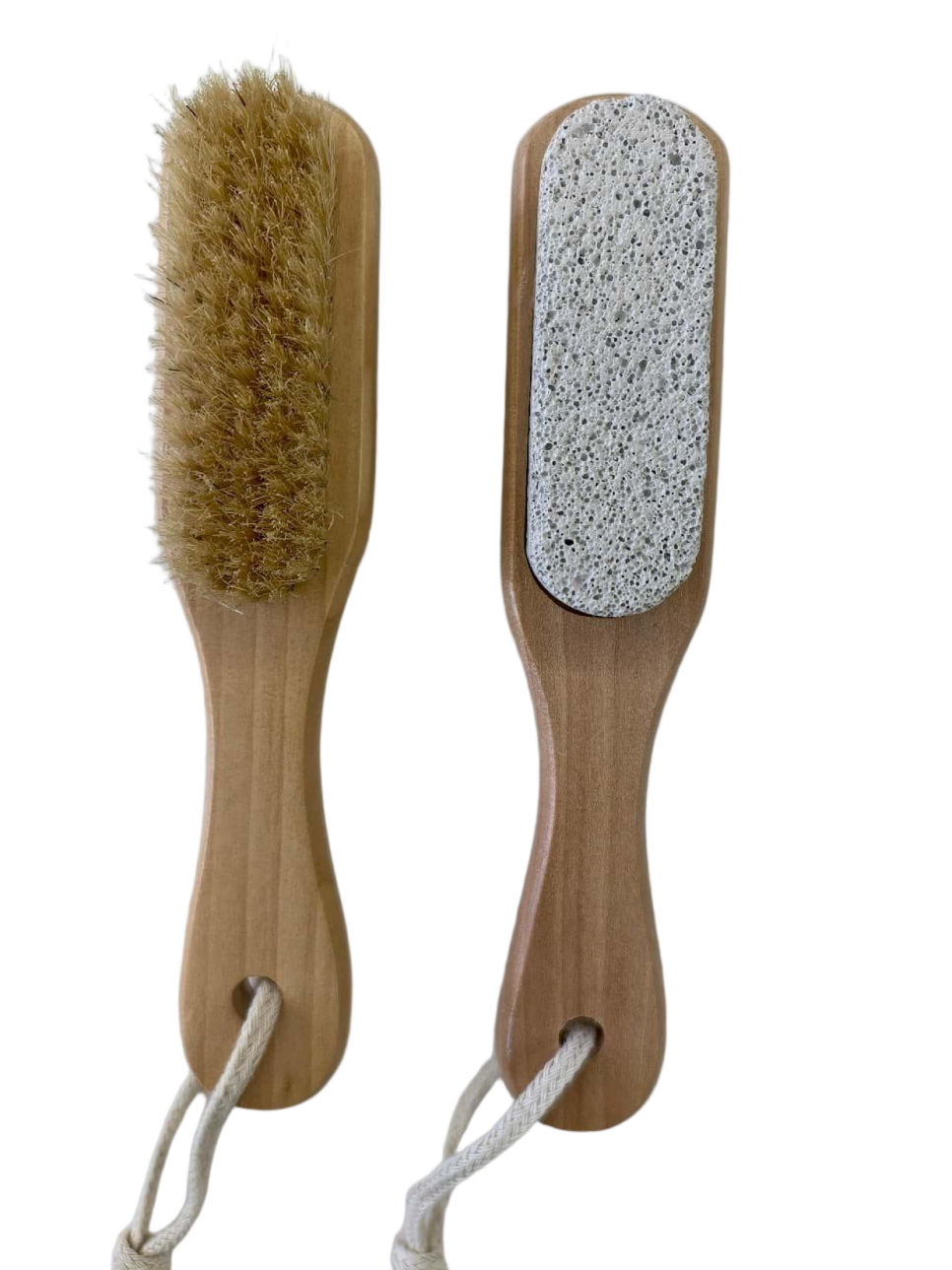
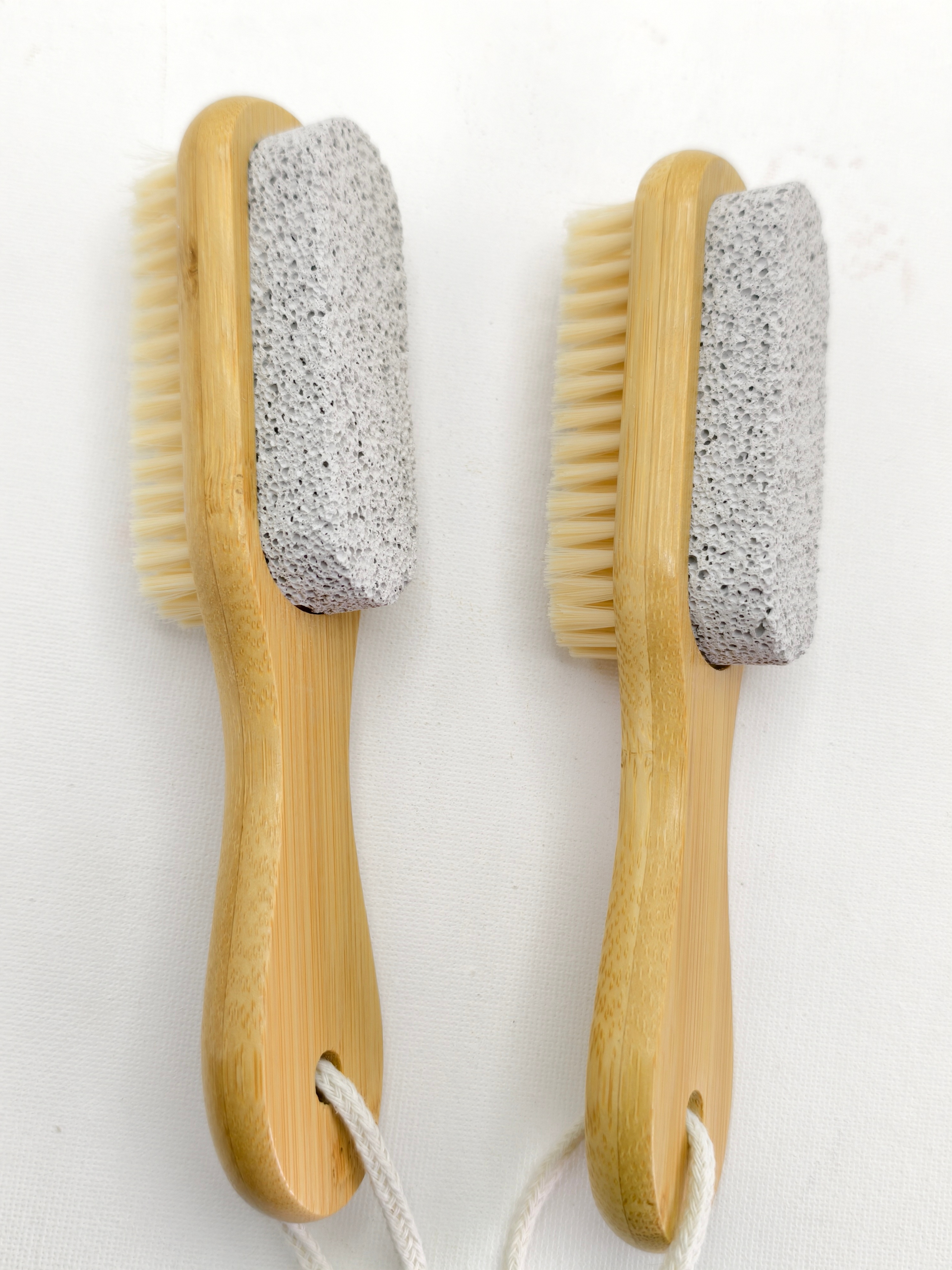
.jpg)
.jpg)





